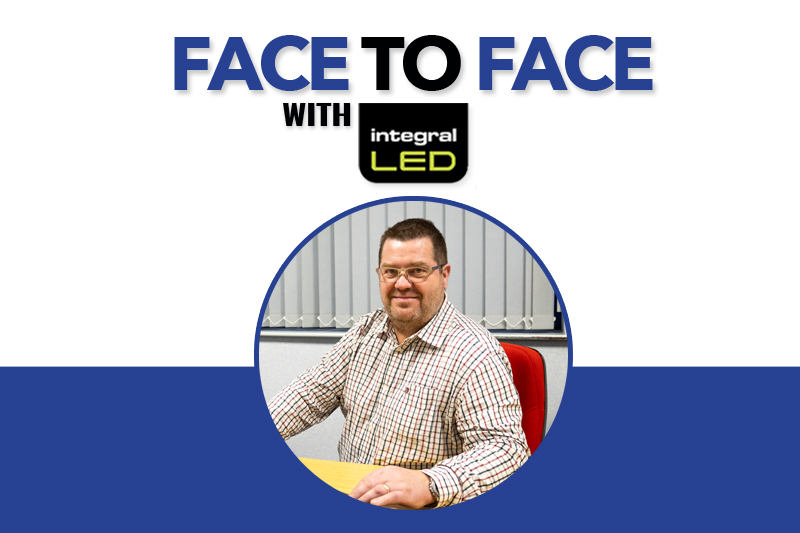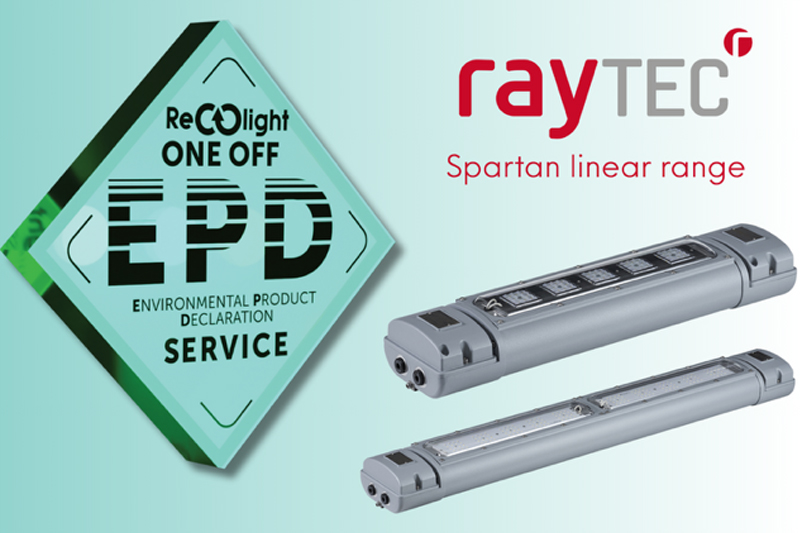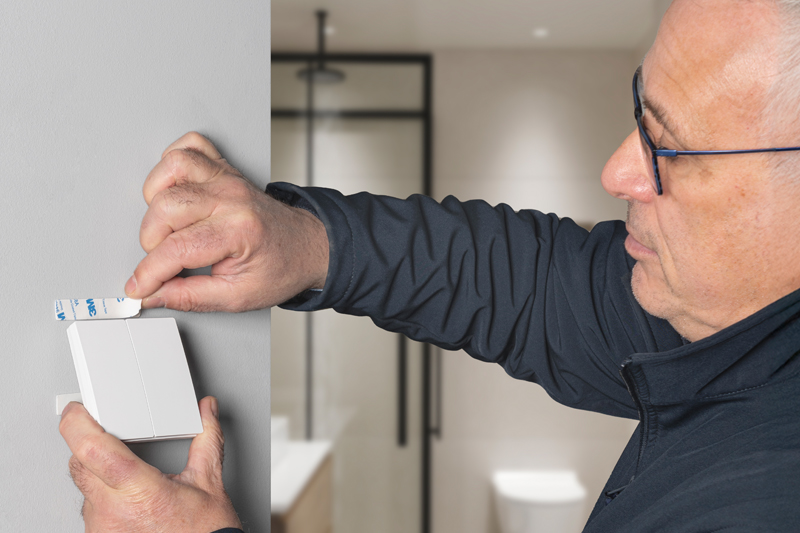In this month’s Face to Face we speak to Richard Turner, Director of LED Product Management & Compliance at Integral LED, and find out more about the evolution of the company.
What is your background and how did you get involved with Integral LED?
I’ve been working in the lighting industry for over 30 years. I started as a lab engineer carrying out compliance testing and photometric measurements, but quickly shifted to roles which were more focused on product management and development. I’ve worked with some of the largest names in lighting including Sylvania and Louis Poulsen.
After a career break during COVID, I found myself wanting to return to the lighting industry. I saw an advert for the Business & Product Development Manager role at Integral LED which suited my skills and expertise and the rest is history. Since December 2021, my role has been Director of LED Product Management & Compliance.
Why did Integral take the decision to branch out into LED lighting?
It was when LED lighting was in its infancy that Integral saw the synergy between the memory products we were known for and the LED lighting which was just emerging. LEDs shifted the lighting industry into the electronics sector; a sector which Integral was very familiar with.
Both being reliant on semiconductors, the foundations of the products were similar with comparable problems, trends and lifecycles. LED technology would continue to change, grow and innovate, improving efficiency and control whilst prices decreased, just like the memory products which Integral was known for.
It seemed a natural progression and the team sought to leverage Integral’s in-depth knowledge to get a head start within an evolving, high-growth area.
How has the company evolved during its first 10 years?
Integral LED has grown in size and in product range. What started with a small selection of lamps has now developed into a full portfolio of products suitable for any indoor or outdoor application, be it commercial, residential, municipal or industrial.
As our expertise has matured so too has our ability to assist with client enquiries, major projects and create bespoke solutions to suit the needs of any client.
Why is stringent product testing so important in the lighting sector?
Before LED’s, compliance testing was critical. Varying factors including the chemicals employed in production and the heat created when in use meant that both the creation and use of lighting posed a major risk factor.
When lighting moved into the electronics sector, it became relatively easy to manage and produce. This meant that at the advent of LED lighting there were many manufacturers with no specific expertise, producing sub-par products and making spurious, unfounded claims about what their products could do. Lighting standards were still focused on older chemical processes and so there was no adequate compliance standards to regulate these products.
As an electrical product, there were instances where early Class II lamps and luminaires broke down within the driver causing the metal body to become live. These sorts of issues posed significant hazards from both electrical shock and fire risk but were not covered by the existing product testing regulations.
It took some time for the lighting standards to evolve in line with LED technology, occurring alongside the banning of traditional lighting tech, but nowadays the compliance and testing standards ensure that any product released into the market is safe for the installer and user.
At Integral LED, testing is at the heart of everything we do. Our ethos is reliability and our motto “Trusted Lighting Solutions” highlights this. Working with our partners and third party laboratories as well as performing batch safety and compliance testing in-house, we ensure all our products align with directives and standards. Our testing standards are further backed by the LIA’s Quality Assurance Mark.
How can sensors and smart lighting control systems be used to maximise LED efficiency?
Sensors and smart lighting control systems are only as good as the person using them. To begin with, a carefully planned and executed lighting control strategy is key to maximising LED efficiency.
The types of sensors and where they are used is critical in the operation of these strategies, like if they are to detect absence or presence and whether to choose PIR or microwave. Adding sensors to facilitate daylight harvesting enables flexible lighting depending on available natural light and can cut lighting costs.
Many newer lighting control systems enable two-way communication between luminaires and control, allowing their status and operational data to be tracked. Maintenance routines and checks can then be performed remotely and automatically. The data from such checks then further improves efficiencies with scheduled maintenance contributing to a reduction in labour costs.
Additionally, these systems enable emergency lighting to be an integrated part of the lighting design, instead of the two design approach which was favoured until recently.
However, it is where smart lighting systems can be used beyond the basics that energy and usage efficiencies can really be seen. Where we look past lighting to smart systems which facilitate operational efficiencies in other areas.
With appropriate sensors, smart systems can be used to see the usage of rooms, the movement of people and track assets. Within hospitals, nurses, doctors and orderlies need not waste time hunting for equipment but can track it with the buildings smart system. Warehouses can follow picker journeys and optimise stock locations to cut picking times. Companies can monitor office usage, by way of thermal mapping, allowing them to see if they can downsize space, reconfigure working arrangements or automate facilities including lighting and air-con.
How will Integral’s new logistics facility impact the service it offers to customers?
Our new logistics facility is situated in a more centralised UK location, just outside Nottingham, enabling more of our shipments to be delivered the very next day.
Using innovative solutions, including articulated forklifts and taller racking, and with a larger footprint than our previous warehouse we can accommodate larger stock holdings. This is providing greater consistency of availability for customers whilst also allowing us to build Integral LED’s presence as a company whom can deliver on large-scale lighting projects.
What are Integral LED’s plans for the future and what industry trends can we expect to see in 2024?
We see the industry as a whole concentrating on improved efficacy and energy savings as well as an increased focus on sustainability, reduced carbon footprint from manufacture and more luminaires and lamps entering the circular economy model. The lighting industry is at the forefront of energy saving within the electronics sector and this will be pushed further through 2024, ensuring that products are efficient, low emission both in use and manufacture, and as recyclable as possible at the end of life.
Tying closely into this theme, we also see a shift towards more streamlined packaging which excludes the use of single use plastics. This reduction in packaging will help with the ability to make luminaires net zero and ensures less waste surrounding products.
For Integral LED, we envision continued expansion and enhancement of our portfolio, focusing on introducing more sensor and control options and products with improved efficacy and we are also driving sustainability and a reduction in packaging within our own products. We will continue to support the electrical wholesale channel and look to work closely with lighting designers, architects and facilities management companies to provide complete lighting project solutions.
For more information, click here





